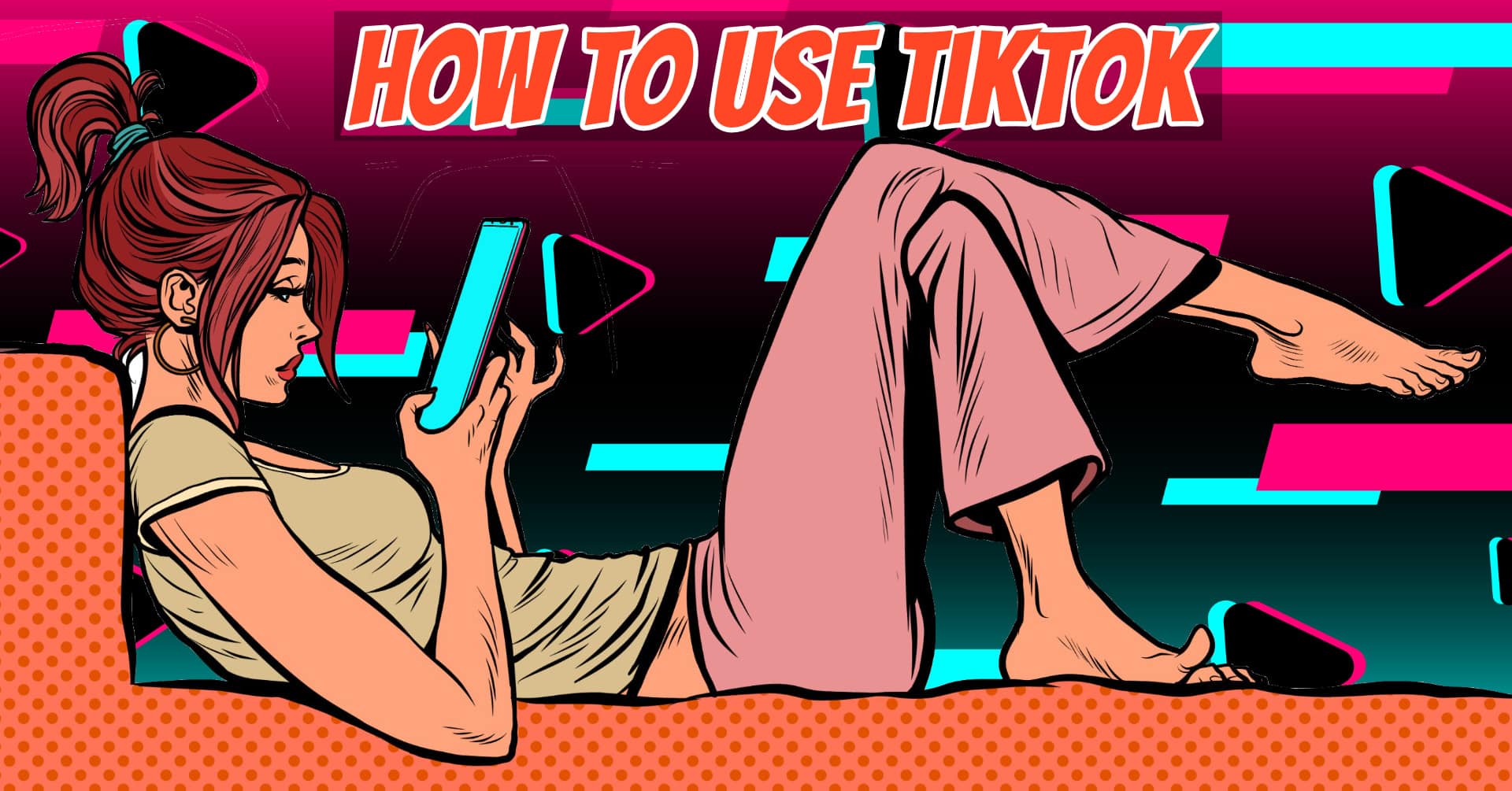Best time to post on TikTok
“What’s the best time to post on TikTok?”
It’s probably the most asked question about growing on the platform. Everyone’s looking for that secret sauce, that perfect hour that guarantees viral success. You’ve seen the blog posts, the infographics, the gurus all confidently declaring the best times – 7 PM on Thursday! 9 AM on Tuesday! 4 PM on Sunday!
Let me save you some time: Most of those generic “best time to post” lists are garbage.
Why? Because they’re based on broad averages across millions of accounts in different niches, targeting different people, in different time zones. Following that advice is like trying to navigate using a map of the entire world when you need directions to the local grocery store. It’s lazy, ineffective, and unlikely to work specifically for you.
Your audience is unique. Their habits are unique. Their location is unique. The only way to find the truly best time to post for your account and your audience is to stop guessing and start testing systematically, using your own data.
Here’s how to do it right.
1. Ditch the Generic Lists – Why They Fail You
Think about it logically:
- Time Zone Chaos: A “best time” listed in Eastern Standard Time means nothing if your target audience is primarily in the Philippines, the UK, or California.
- Audience Habits Vary Wildly: Are you targeting busy professionals checking TikTok on their lunch break? Students scrolling late at night? Stay-at-home parents active mid-morning? Their peak times are completely different.
- Niche Differences: Engagement patterns for a finance advice channel will differ massively from a gaming channel or a craft tutorial channel.
- Algorithm Updates: What worked six months ago based on some study might be irrelevant today as the platform evolves.
Relying on generic lists is hoping for dumb luck. We don’t do luck; we do strategy based on data.
2. Your Starting Point: Dig Into Your TikTok Analytics
Before you test anything, you need a baseline. TikTok itself gives you the best starting point, provided you have a Creator or Business Account (if you don’t, switch now – it’s free and essential).
Here’s where to look:
- Go to your TikTok profile.
- Tap the three lines (hamburger menu) in the top right.
- Select “Creator Tools” or “Business Suite.”
- Tap on “Analytics.”
- Navigate to the “Followers” tab.
- Scroll down until you find the “Follower Activity” section.
This shows you the hours and days when your specific followers were most active on the platform over the last 7 days (or sometimes 28 days). Look for the peaks – the hours and days with the tallest bars.
Crucial Caveats:
- Follower Time Zones: Check the “Top Territories” data under Followers too. If your audience is spread globally, you need to consider their peak times, not just yours. You might need to target the largest segment or test times suitable for multiple zones.
- This is a Hypothesis, Not Gospel: This data shows when your current followers are online. It doesn’t necessarily guarantee new viewers will be most active then, nor does it guarantee higher engagement just because they’re online. But it’s the most logical place to start your testing.
3. The Testing Protocol: Finding Your Sweet Spot

Now for the real work – systematically testing to find what performs best for you.
- Step 1: Formulate Your Hypotheses: Based on your Follower Activity analytics, identify 3-5 potential “prime time” slots when your audience shows peak activity. Also, choose 1-2 “off-peak” slots (when activity is lower) to serve as a control comparison.
- Example Hypotheses: Test posting at 8 AM, 1 PM, 7 PM (peak analytics times), and 11 PM (off-peak) in your target audience’s main time zone.
- Step 2: Keep Your Content Consistent: This is vital. During your testing period (aim for at least 2-4 weeks), try to post content of similar quality and format. Don’t test a potential “best time” by posting your best video ever, and test an “off-peak” time with a throwaway video. The goal is to isolate the time variable as much as possible.
- Step 3: Schedule Systematically: Create a simple posting schedule where you rotate through your hypothesized time slots. Don’t post at the same time every day during the test.
- Example Schedule (Posting Once Daily):
- Monday: 8 AM
- Tuesday: 1 PM
- Wednesday: 7 PM
- Thursday: 11 PM
- Friday: 8 AM
- Saturday: 1 PM
- Sunday: 7 PM
- (Repeat rotation for the duration of the test)
- Example Schedule (Posting Once Daily):
- Step 4: Track What Matters: For every video posted during the test, record:
- Posting Day & Time
- Views within the first 1-3 hours (indicates initial velocity)
- Views after 24 hours
- Engagement Rate (Likes + Comments + Shares / Views) after 24 hours
- Profile Visits / Follows Generated (if relevant) after 24 hours
- Use a simple spreadsheet to track this data cleanly.
- Step 5: Analyze Your Results: After your testing period, average the results for each time slot. Don’t focus on one viral hit; look for consistent patterns.
- Did videos posted at 7 PM consistently get more initial views than those posted at 11 PM?
- Did the 1 PM slot consistently have a higher engagement rate?
- Which time slots generated the most profile visits or follows relevant to your goals?
- Identify your 1-2 best performing time windows based on your data.
4. Remember: Time Isn’t Everything (But It Helps)
Finding your optimal posting time is a smart optimization strategy, but don’t expect it to be a magic bullet.
- Content is STILL King: A mediocre video posted at the “perfect” time will still perform worse than an amazing video posted at a decent time. Your hook, value proposition, editing, and audience retention matter more. Timing just gives great content its best possible launchpad.
- Consistency Compounds: Once you identify your best 1-2 time windows, aim to post consistently around those times. Don’t stress about hitting the exact minute, but showing up regularly when your audience is active builds momentum and trains the algorithm.
- Audience Time Zone is Paramount: Always prioritize posting based on when your target audience is most active, even if it’s inconvenient for you. Schedule your posts if needed.
Stop Guessing, Start Testing
Forget the generic advice and guru promises. The only truly “best time to post on TikTok” is the time that works best for your specific audience and content.
Finding it requires a little strategic effort:
- Analyze your follower activity in TikTok Analytics.
- Hypothesize potential best times (and off-peak controls).
- Test systematically by rotating posting times with consistent content.
- Track relevant performance metrics for each post.
- Refine your schedule based on your data.
Optimizing your posting time is a smart lever to pull for potentially better reach and engagement, but it’s just one piece of the puzzle. Combine smart timing with consistently great content, and you’ll be well on your way to real growth on TikTok.
Now, stop reading generic lists. Go check your analytics, set up a test schedule, and find your best time to post.








